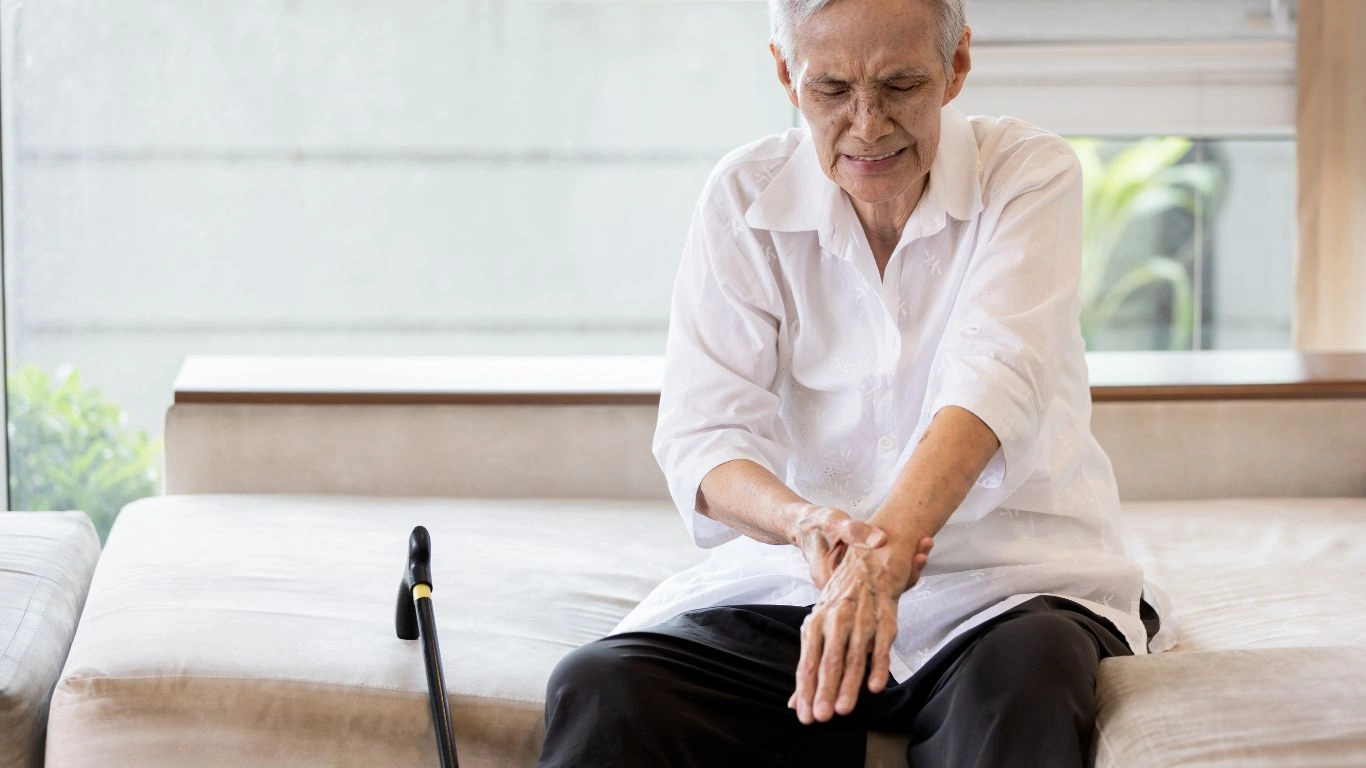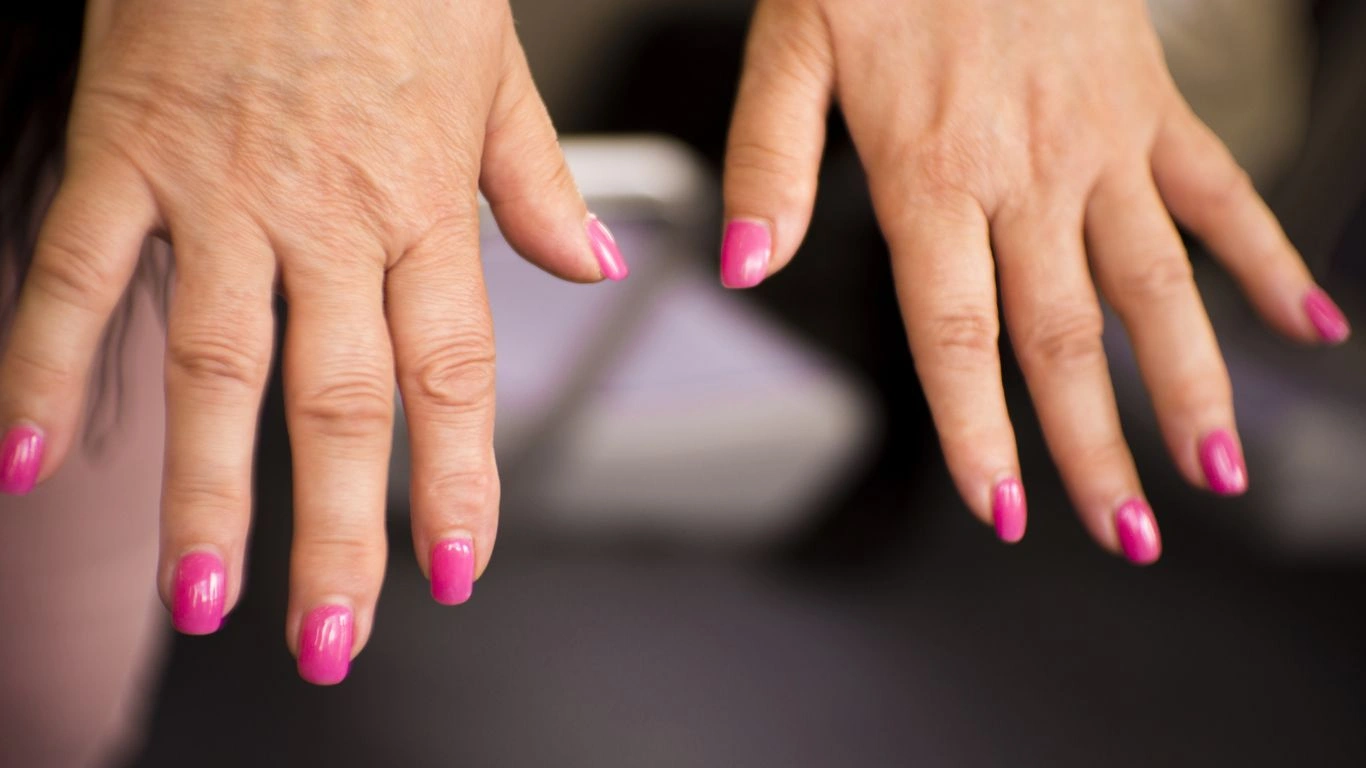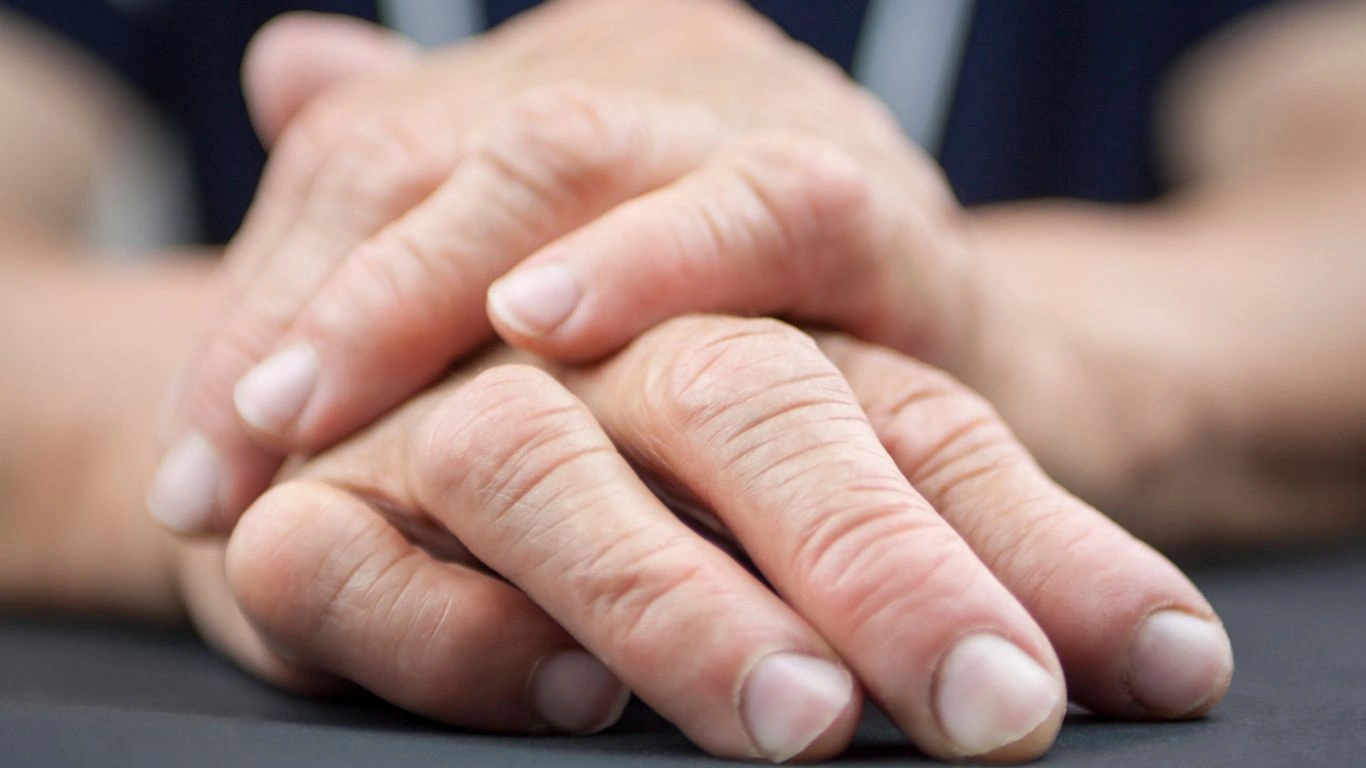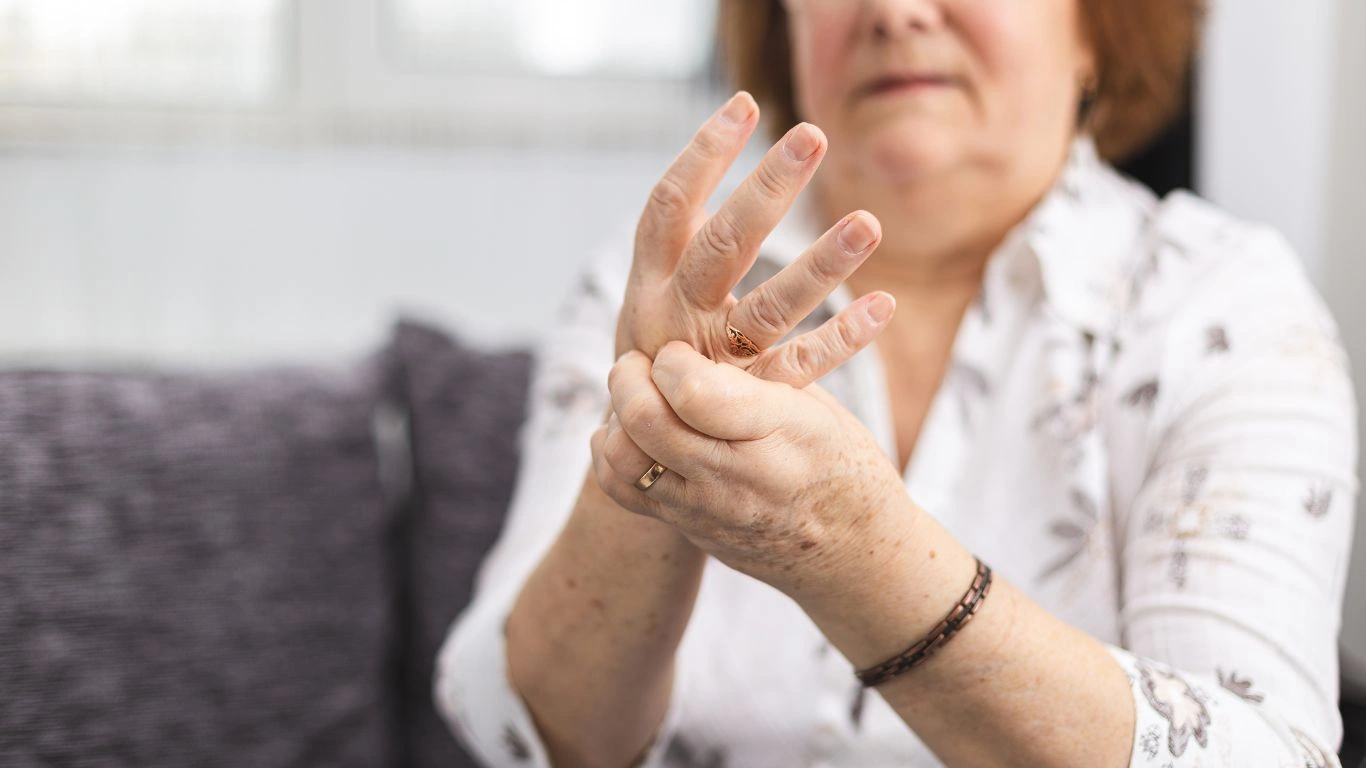Best Morning Routine for Rheumatoid Arthritis That Actually Works
Let’s be real—mornings with rheumatoid arthritis (RA) can feel like waking up inside a rusty suit of armor. I’ve been a Rheumatology Nurse Practitioner long enough to know that if you’ve got RA, your A.M. hours might just be the hardest. That’s why having the best morning routine for rheumatoid arthritis isn’t just a nice idea—it’s absolutely essential. Trust me, I’ve seen firsthand how a thoughtful, doable morning ritual can transform someone’s entire day. So, grab your cozy robe, and let’s dive into what your joints (and your sanity) really need when the sun comes up.
Why Mornings Are Tougher with RA

If you live with RA, you probably don’t need me to tell you that mornings are a beast. But it’s not just in your head—there’s actual science behind it. During sleep, your body’s production of anti-inflammatory cortisol drops, and inflammation can sneak in and wreak havoc. That’s why so many people with RA wake up stiff, sore, and a little grumpy (okay, a lot grumpy).
As a clinician, I’ve heard countless patients say things like, “Tarra, it’s like my joints are frozen until at least 10 a.m.” And I get it. The goal here is to outsmart the inflammation before it takes over the day.
What Makes the Best Morning Routine for Rheumatoid Arthritis?

The ideal morning routine for RA isn’t about perfection—it’s about consistency and listening to your body. We’re not chasing some influencer’s 5 a.m. cold plunge fantasy. We’re talking warm, gentle, flexible routines that give your joints some TLC before they’re thrown into action.
1. Start Warm—Literally
Heat is your best friend. I always recommend starting the day with a warm shower or even wrapping your hands and feet in a heating pad while still in bed. It gets the blood flowing and calms down overnight inflammation. Some of my patients keep a rice sock in the microwave just for this purpose. Low effort, high reward!
2. Gentle Stretches Before You Even Get Up
Think of this as a “pre-wakeup” routine. Before your feet even hit the floor, try simple bed stretches:
- Ankle circles
- Finger open-and-close drills
- Neck rolls
- Slow pelvic tilts
These small movements help wake up the joints and get the synovial fluid flowing—like giving your body a heads-up that you’re about to start moving.
3. Don’t Skip Breakfast—But Keep It Anti-Inflammatory
Skipping breakfast can be tempting, especially if mornings are rough, but your body needs that fuel—especially if you’re taking NSAIDs or steroids. Try to make your first meal anti-inflammatory and protein-rich. A few patient favorites I’ve heard over the years:
- Overnight oats with chia seeds and berries
- Scrambled eggs with spinach and turmeric
- Greek yogurt with walnuts and honey
Oh, and coffee? You do you. Just be mindful—caffeine can be dehydrating and inflammatory in some folks. Green tea with ginger can be a joint-friendly alternative if you’re feeling adventurous.
Light Movement: The Secret Sauce

I can’t stress this enough: some kind of light, intentional movement in the morning can totally flip the script on your day. I’m not saying hit the gym at 6 a.m.—I’m talking 10 minutes of chair yoga, or even walking slowly around your home while your tea brews.
My Go-To Moves for RA Mornings:
- Wrist rolls and shoulder shrugs
- Seated cat-cow stretches
- Wall push-ups for upper body engagement
- Mini squats using a chair for support
If you’re a visual learner like many of my patients, there are some great YouTube channels led by physical therapists who specialize in RA-safe movements. And remember, motion is lotion—the more you move (gently), the easier things get.
Mind-Body Check-In
Don’t underestimate the power of your mental game. RA isn’t just physical—it’s emotional too. I always recommend starting the day with 5-10 minutes of mindful breathing, journaling, or even just sitting with a cup of tea and doing absolutely nothing.
One of my patients, a retired teacher, told me she keeps a “mood map” by her bed to track how her body and mind feel every morning. Not only does this help with managing symptoms, but it’s also incredibly helpful data to bring into your next rheumatology visit.
Pro Tip: If you’re someone who wakes up anxious about the day ahead, try setting out your clothes and meds the night before. Small changes like this reduce the morning overwhelm and give you more space to breathe.
Medication and Supplement Timing Matters

Now let’s talk meds. Because let’s be honest—medication timing can either make or break your morning with RA. As a Rheumatology NP, I’ve seen the difference it makes when patients time their meds right, especially those on steroids or DMARDs.
If you’re on prednisone, for example, it’s typically best taken in the morning to align with your body’s natural cortisol rhythm. This not only boosts its effectiveness but also reduces side effects like insomnia. I always remind folks: don’t take it on an empty stomach unless you enjoy heartburn as a breakfast companion (spoiler: you won’t).
Helpful Tips for AM Med Routine:
- Keep a water bottle and small snack on your nightstand for early med timing.
- Use a daily pill organizer—sounds simple, but it seriously helps prevent missed or double doses.
- Set a med reminder alarm—especially helpful on groggy mornings or flare days.
Also, some patients swear by taking fish oil or turmeric supplements with breakfast. As always, talk to your rheumatologist before adding anything new to your routine, but yes—anti-inflammatory support from the inside out is a smart move.
Hydration = Less Inflammation

It sounds too easy, but hear me out—being even a little dehydrated can make joint pain and stiffness feel worse. I once had a patient say, “I feel like the Tin Man until I get at least two glasses of water in me,” and that stuck with me. Hydration is underrated when it comes to RA flare prevention.
Morning Hydration Hacks:
- Start your day with warm lemon water—it’s soothing and gives your system a gentle nudge awake.
- Use a straw or a water bottle with a flip lid—makes sipping feel effortless when your hands are stiff.
- Add electrolyte packets on days you wake up extra sore or fatigued—they can help rebalance quickly.
Hydration also helps flush out toxins and supports your liver—important for those on methotrexate or biologics. Bonus: it helps your skin and energy levels too. Win-win-win.
Creating a Calm, Predictable Morning Environment

Routines aren’t just about what you do, but how you feel while doing them. That’s why I always tell my RA patients: make your mornings as gentle and predictable as possible. Stress triggers flares—period. And nothing raises cortisol like chaos at 7 a.m.
I’ve worked with people who found relief simply by adjusting their lighting or organizing their space. Little things add up. Here’s what I usually recommend:
RA-Friendly Environment Tweaks:
- Use soft lighting instead of harsh overhead bulbs—your eyes and brain will thank you.
- Keep essentials in easy-reach places: heating pads, meds, assistive tools.
- Lay out clothes with easy closures the night before. Zippers? Buttons? Not first thing, thanks.
- Declutter pathways so you’re not tripping over things or bending more than necessary.
Some patients even set up a “RA station” next to their bed with warming gloves, water, and their meds. It’s about removing friction, both mentally and physically, so you can focus on healing instead of hustling.
Energy Pacing: Don’t Burn Out Before 9 AM
This is a big one. I can’t tell you how many people with RA try to tackle their to-do list early, only to crash before lunch. The trick? Learn to pace. The best morning routine for rheumatoid arthritis isn’t about productivity—it’s about sustainability.
Smart Pacing in Practice:
- Break tasks into smaller steps: Instead of “clean kitchen,” aim for “unload dishwasher.”
- Use the 20/10 rule: Move for 20 minutes, rest for 10. Yes, rest is part of the plan.
- Alternate standing and sitting activities: This helps prevent joint overuse and fatigue.
- Listen to your flare signals early: That mild ache? Don’t push through it—adjust now.
One of my patients uses a timer so she doesn’t get “trapped” in tasks. Another journals how she feels each hour to spot patterns. The point is, your energy is precious—budget it like cash on a tight day.
Morning Mindset Reset
Let’s talk emotions for a sec. Chronic illness can sneak in and steal your joy if you’re not intentional about protecting it. That’s why a simple mindset practice—first thing in the morning—can change everything.
Personally, I like a quick gratitude list over coffee. Just three things. One of my patients does a breathing app while her heating pad warms up. Another swears by playing soft jazz while she stretches (mood = elevated). Find your thing and do it consistently.
You’re not just managing RA—you’re managing your whole self. That takes strength, and it deserves credit, not criticism.
Using Assistive Devices to Make Mornings Easier

If there’s one thing I’ve learned over the years working with RA patients, it’s this: don’t tough it out when tools exist to help. There’s no shame in using assistive devices—in fact, it’s smart. They can shave minutes off your morning routine and save your joints from unnecessary wear and tear.
I’ve had patients cry (in a good way) after using a sock aid for the first time. One told me, “I didn’t realize how much energy I was burning just trying to get dressed.” It’s that real. These gadgets aren’t luxury items—they’re essential for protecting your energy reserves and preventing flare-ups.
My Favorite Morning Assistive Tools:
- Button hooks: Ideal for shirts with tiny buttons that make fingers scream.
- Elastic shoelaces: Turn any shoe into a slip-on (lifesaver on flare days).
- Jar openers & grip pads: Because no one needs a wrestling match with the peanut butter at 7 a.m.
- Electric toothbrush & wide-grip pens: Reduce strain on the wrists.
For a more complete list, organizations like NIH and Health.com often provide guides to adaptive tools for people living with arthritis.
Building Flex Time Into Your Mornings

This might be the most important part of the whole routine: give yourself more time than you think you need. Seriously. I’ve seen too many folks try to squeeze a full routine into a 20-minute window and end up flaring before noon.
When I say “flex time,” I mean giving yourself the grace to move slowly, take breaks, and adjust as needed. One of my patients—who’s also a working mom—started waking up 30 minutes earlier just to stretch and sip tea before the chaos starts. It changed everything for her.
Try This Sample RA-Friendly Morning Timeline:
- 6:30 AM: Wake, heat therapy, light stretching in bed
- 6:50 AM: Take meds with a quick snack and water
- 7:10 AM: Gentle movement or yoga, 10–15 minutes
- 7:30 AM: Shower with warm water and adaptive tools
- 7:50 AM: Anti-inflammatory breakfast + supplements
- 8:10 AM: Mindfulness, journaling, or just quiet time
That’s 90-ish minutes of you-time. If it sounds impossible, start with just one element—say, heat therapy or gentle stretches—and build from there.
What to Avoid in the Mornings with RA
Alright, we’ve covered a lot of the “do’s,” but let’s touch on a few morning habits that can actually make your RA worse—sometimes without you even realizing it.
Morning Pitfalls to Ditch:
- Jumping out of bed: Sudden movement = stiff joint rebellion. Always warm up first.
- Skipping breakfast: It spikes cortisol and can mess with meds.
- Going straight to high-effort tasks: Avoid heavy lifting or stairs right away.
- Too much caffeine, too fast: Can heighten inflammation and anxiety for some.
- Neglecting emotional check-in: Stress shows up in your joints, too.
Changing these habits may take time, but it’s 100% worth the effort. Your joints, your mood, and your energy will thank you.
Community Tips and Real-Life Wins
Over the years, I’ve collected little gems of advice from patients that have made their way into my own daily practice and recommendations. These are real-life, trial-by-fire tips from people who know what it’s like to live in a body that doesn’t always cooperate in the morning.
Favorite Tips from Real RA Warriors:
- “I prep everything the night before—outfit, meds, heating pad. It’s my version of future-me self-care.”
- “I do hand stretches with warm water in the sink while brushing my teeth.”
- “My dog gets me moving. Just walking her around the block loosens me up.”
- “I stopped comparing my mornings to my pre-RA self. Now I focus on what works today.”
There’s so much power in community wisdom. Whether you’re newly diagnosed or a veteran at managing RA, know that you’re not alone in figuring this stuff out.
Final Thoughts on Crafting the Best Morning Routine for Rheumatoid Arthritis
Your mornings with RA don’t have to feel like a battle. With the right tools, mindset, and pacing, you can create a routine that supports your joints, respects your energy, and sets the tone for the rest of your day. And the beautiful part? This routine is yours. You get to shape it, tweak it, and evolve it as your body changes.
As someone who’s worked side-by-side with RA patients for years, I can honestly say: those who thrive long-term are the ones who learn how to listen to their bodies and adjust with compassion, not pressure. That includes slow mornings, warm socks, second cups of tea, and sometimes just sitting in the sunshine for five quiet minutes.
Give yourself that grace. You’ve earned it.
References:
Disclaimer:
This content is for informational and educational purposes only and is not intended as a substitute for professional medical advice, diagnosis, or treatment. Always seek the advice of your physician or qualified healthcare provider with any questions you may have regarding a medical condition. Never disregard professional advice or delay in seeking it because of something you read here.

Tarra Nugroho is a dedicated Nurse Practitioner with a strong foundation in family and preventive care. She brings both compassion and clinical expertise to her practice, focusing on patient-centered care and health education. As a contributor to Healthusias.com, Tarra translates medical knowledge into clear, empowering articles on topics like women’s health, chronic disease management, and lifestyle medicine. Her mission is simple: help people feel seen, heard, and informed—both in the clinic and through the content she creates. When she’s not caring for patients, Tarra enjoys weekend hikes, plant-based cooking, and curling up with a good health podcast.






